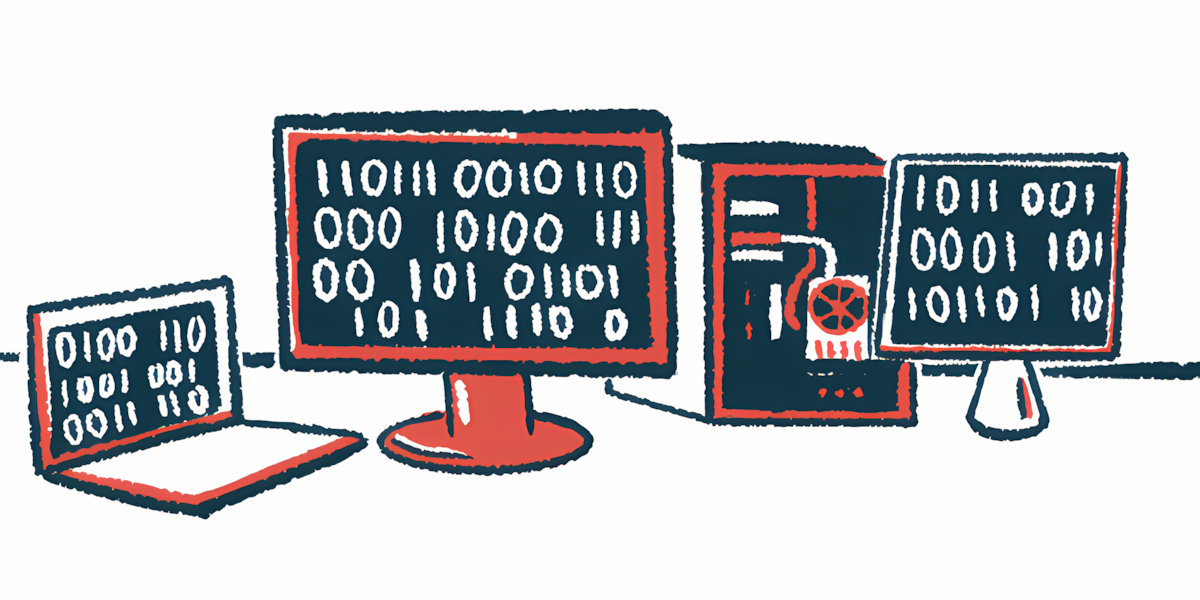AI speech analysis detects subtle signs of Parkinson’s
Screening tool could ultimately link to home, mobile devices, researchers say
Written by |

Scientists at the University of Rochester have developed an artificial intelligence (AI)-powered screening tool that analyzes a person’s speech patterns to detect subtle signs of Parkinson’s disease.
The algorithm could eventually be used to analyze speech patterns at home on mobile phones or household devices, helping to reach people who don’t have easy access to clinical care, the researchers said.
“There are huge swaths of the US and across the globe where access to specialized neurological care is limited,” Ehsan Hoque, PhD, a professor at the University of Rochester and the study’s senior author, said in a university news story. “With users’ consent, widely used speech-based interfaces like Amazon Alexa or Google Home could potentially help people identify if they need to seek further care.”
Hoque and colleagues detailed the tool’s development in a study, “A novel fusion architecture for detecting Parkinson’s Disease using semi-supervised speech embeddings,” published in npj Parkinson’s Disease.
Parkinson’s disease, a neurodegenerative condition, is usually diagnosed with clinical assessments intended to identify the disease’s hallmark motor symptoms. But these assessments can miss early, more subtle signs of the disease. And in many areas of the world, people have limited access to the specialized neurology care that’s needed to make a Parkinson’s diagnosis.
Speech is ‘strong starting point’ for screening
Scientists are studying home-based digital tools for Parkinson’s detection, with speech analysis proposed as a possible route.
“Research shows that nearly 89 percent of people with Parkinson’s have a deformity in their voice that can be indicative of the disease, making speech a strong starting point for digital screening,” said Tariq Adnan, a PhD student in Hoque’s lab and one of the study’s first authors.
The scientists set out to develop a speech-based screening tool. They recruited more than 1,300 people, including 392 with Parkinson’s, to perform a web-based speech assessment. It involved reciting and recording two pangrams, or short sentences that use all 26 letters of the alphabet.
The recordings were done in three distinct environments: at home, at a clinical center, and at a Parkinson’s care facility.
The researchers trained an AI-powered algorithm to analyze the voice recordings to find subtle speech patterns linked to Parkinson’s.
“These large audio models are trained to understand how speech works,” said Abdelrahman Abdelkader, a master’s degree student in Hoque’s lab and one of the study’s first authors.
Abdelkader noted that people with Parkinson’s differ from people without it in the way they “utter sounds, pause, breathe, and inadvertently add features of unintelligibility.”
“If a person is saying the pangram … and trails off at certain points, the model can tell if that’s different from the typical representation and flag it,” Abdelkader said.
The tool was nearly 86% accurate for identifying Parkinson’s, with similar performance across sex, ethnicity, and age. It had a similar performance in other external datasets.
Still, the algorithm had higher error rates in certain subgroups, so the scientists plan to continue refining the model to ensure it is as broadly generalizable as possible.
“This approach not only facilitates convenient at-home monitoring but also plays a crucial role in the early detection and managing the progression of PD [Parkinson’s], potentially altering the course of the disease by enabling earlier therapeutic intervention,” the researchers wrote.
The team emphasized that their AI screening tool is not intended to entirely replace a formal clinical diagnosis, but could serve as a quick and easy way to flag people who may need further evaluation.
Moreover, while most people with Parkinson’s have speech abnormalities, it is not universal.
Researchers in the Rochester lab over the last decade have been developing algorithms that combine multiple indicators of Parkinson’s for the most accurate results. The team has also developed screening tools based on motor tasks and facial expression analyses.
“By combining this method with assessments of other symptoms, we aim to cover the majority of people through our accessible screening process,” Adnan said.
An interactive demo of all of these tests is available online.






